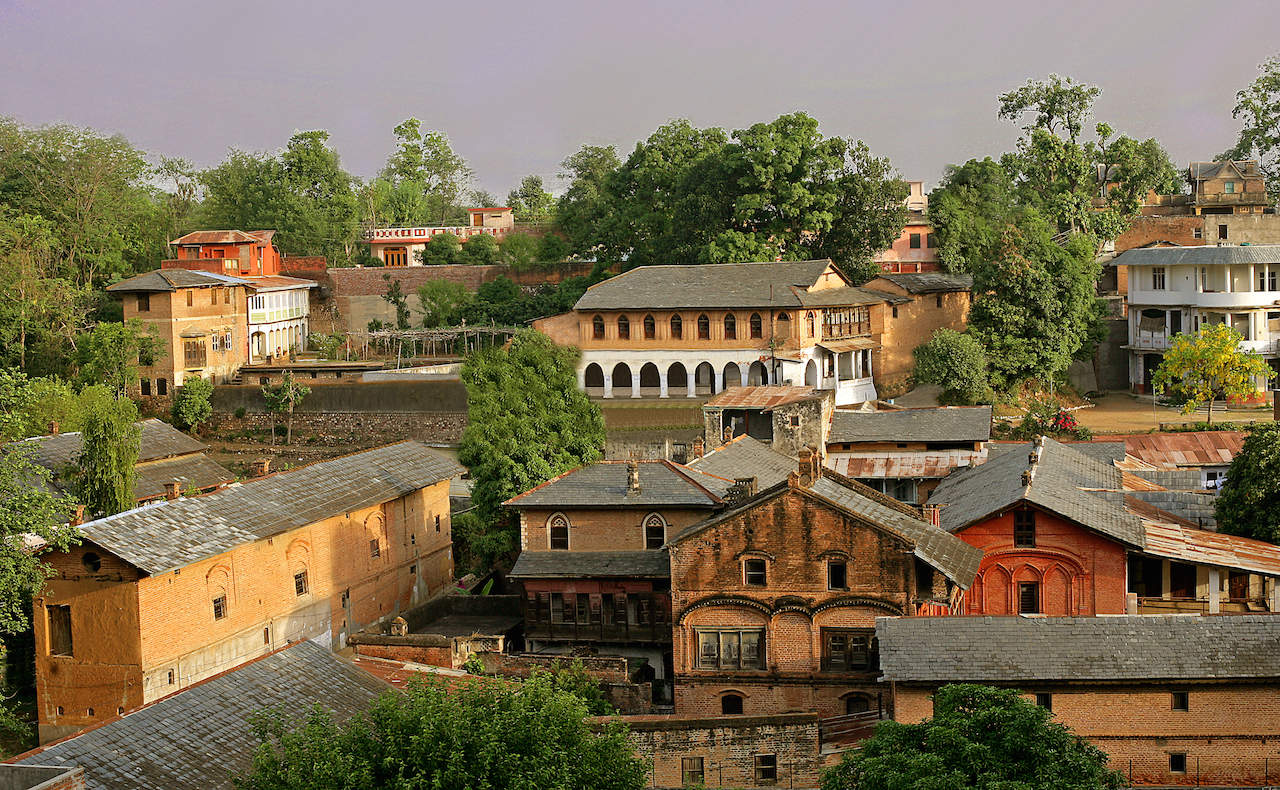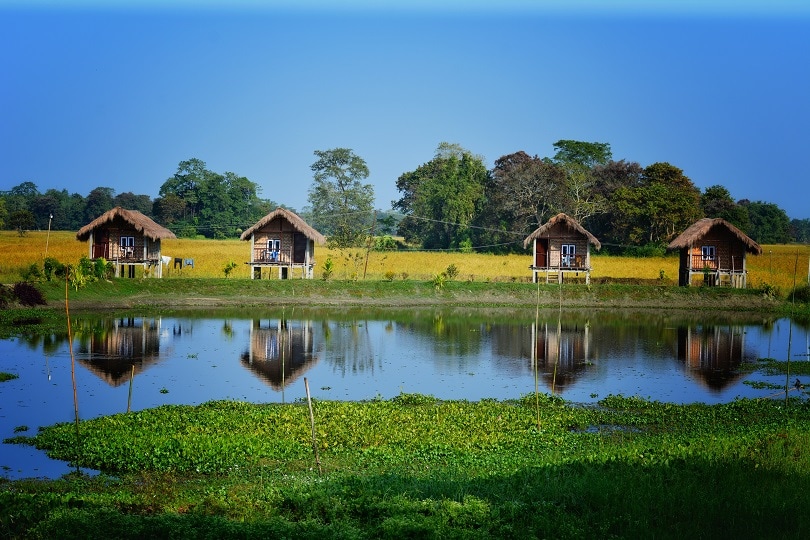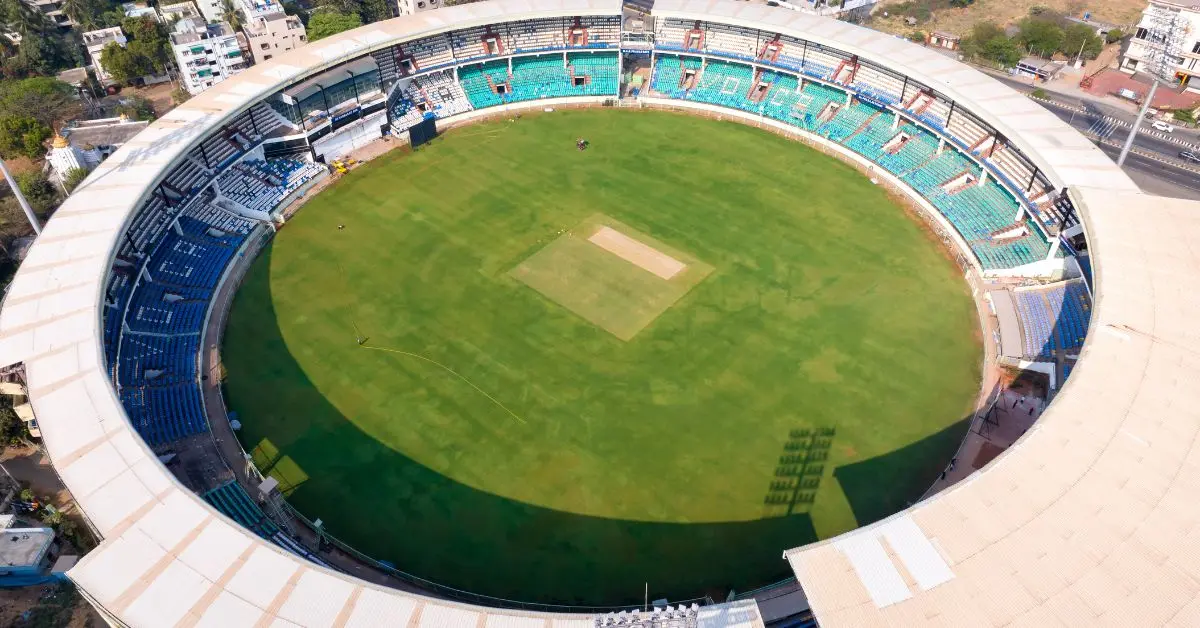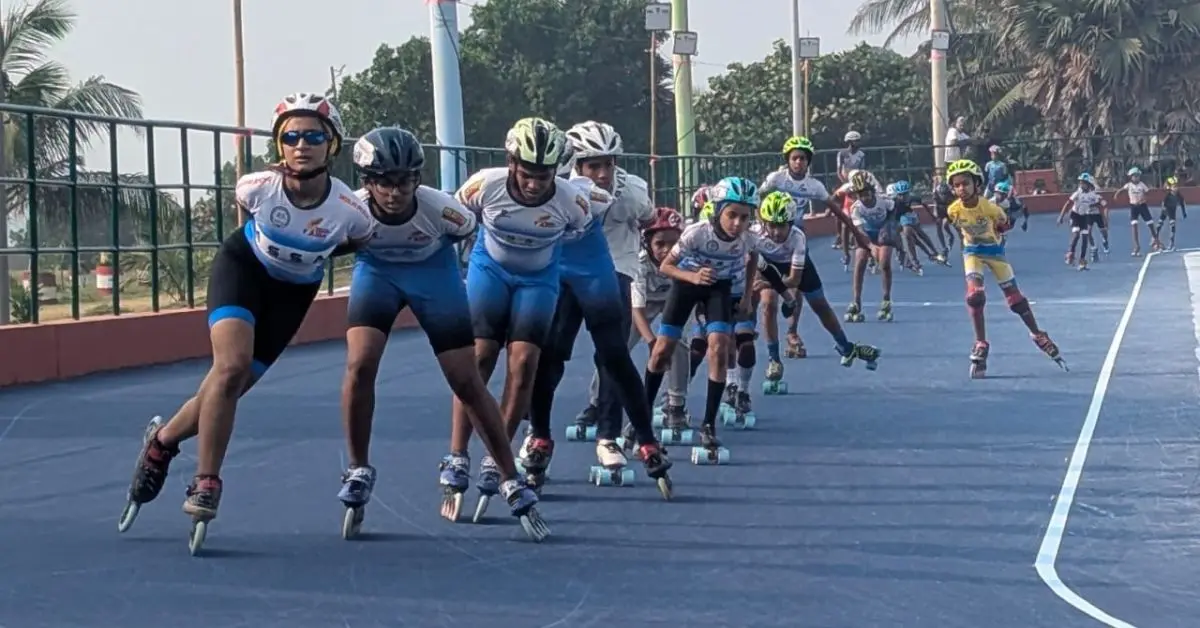Now Reading: 6 Unmissable Heritage Villages In India To Visit From Vizag
- 01
6 Unmissable Heritage Villages In India To Visit From Vizag
6 Unmissable Heritage Villages In India To Visit From Vizag

Some villages in India are living museums, where centuries-old traditions, architecture, and ways of life continue to thrive. These are the places where history isn’t just preserved in books but woven into the walls, streets, and festivals. Such destinations can be considered the heritage villages of India, standing as proud reminders of our cultural roots. From Vizag, a journey to these villages is a journey back in time. Here are six that deserve a place on your travel list.
1. Pragpur, Himachal Pradesh

Pragpur, Himachal Pradesh
Located in the scenic Kangra Valley, Pragpur is India’s first officially declared heritage village. It owes its charm to its 16th-century origins and features a mix of Mughal, Rajput, and British-era architecture. The cobbled streets, water tanks, and intricately designed havelis transport you straight into another era. Highlights include the Lala Rerumal Haveli, Butail Niwas, and the village’s ornamental water tank. The name ‘Pragpur’ comes from “Prag,” meaning pollen, and “Pur,” meaning settlement, a poetic nod to the surrounding blossoms.
2. Garli, Himachal Pradesh
Garli, Himachal Pradesh
Only 5.5 km from Pragpur, Garli feels like a sibling village, sharing the same spirit of heritage, but with its own personality. Built by the wealthy Sood community in the early 20th century, Garli boasts grand mansions blending Indo-European and Himachali designs. Time-worn gates, wooden balconies, and stone-paved lanes make it feel like you’re walking through an open-air heritage gallery.
Key attractions include the Gandhi Chowk, Garli Temple, and the crumbling yet beautiful Victorian-style bungalows that still whisper tales of their glory days.
3. Kisama, Nagaland

Kisama, Nagaland
Known as the venue for the famous Hornbill Festival, Kisama is a curated heritage village created to showcase the cultural richness of Nagaland’s many tribes. Each morung (tribal hut) here represents the distinct architecture and lifestyle of a different Naga tribe. Visiting Kisama during December is the best way to experience the dances, music, crafts, and the warrior spirit that defines Naga heritage.
4. Kalpathy, Kerala

Kalpathy, Kerala
Often called the “Dakshina Kashi” or Kashi of the south, Kalpathy is one of the oldest Brahmin settlements in Kerala, dating back over 700 years. Its heritage lies in its Tamil Brahminical (Iyer) traditions, the centuries-old Kalpathy Vishwanatha Swamy Temple, and the beautiful Agraharam houses lining narrow streets.
The highlight is the Kalpathy Ratholsavam (chariot festival) held in November, when the whole village transforms into a colorful, spiritual spectacle.
5. Mawlynnong, Meghalaya

Mawlynnong, Meghalaya
Titled “Asia’s Cleanest Village,” Mawlynnong is a shining example of community-driven tourism and eco-conscious living. This Khasi village charms visitors with its spotless streets, bamboo houses, and the breathtaking Living Root Bridge nearby. The village’s heritage lies not in ancient palaces but in the preservation of its traditional lifestyle and the Khasi matrilineal culture. Mawlynnong is proof that heritage can be as much about values as it is about monuments.
Honourable mention: Majuli, Assam

Majuli, Assam
Coved by the Brahmaputra and Subansiri Rivers on all four sides, Majuli is the world’s largest river island, offering breathtaking views and a slice of Assamese culture. While it is not a village, the island is considered a heritage site which is home to a number of villages, each centers of culture and art. It is home to Vaishnavite monasteries (Satras) established by the saint-scholar Srimanta Sankardev in the 15th century. The island’s heritage thrives in its pottery, mask-making, and Mishing tribal traditions. Places like Kamalabari Satra, Auniati Satra, and the craft villages are must-visit.
From the cobbled lanes of Himachal to the bamboo bridges of Meghalaya, these heritage villages India are a window into the soul of the country. For a traveller from Vizag, these destinations will be a time capsule where history, culture, and beauty coexist.
Also read: History beyond Vizag: Oldest Markets in India to Explore
Stay tuned to Yo! Vizag website and Instagram for more such articles.












